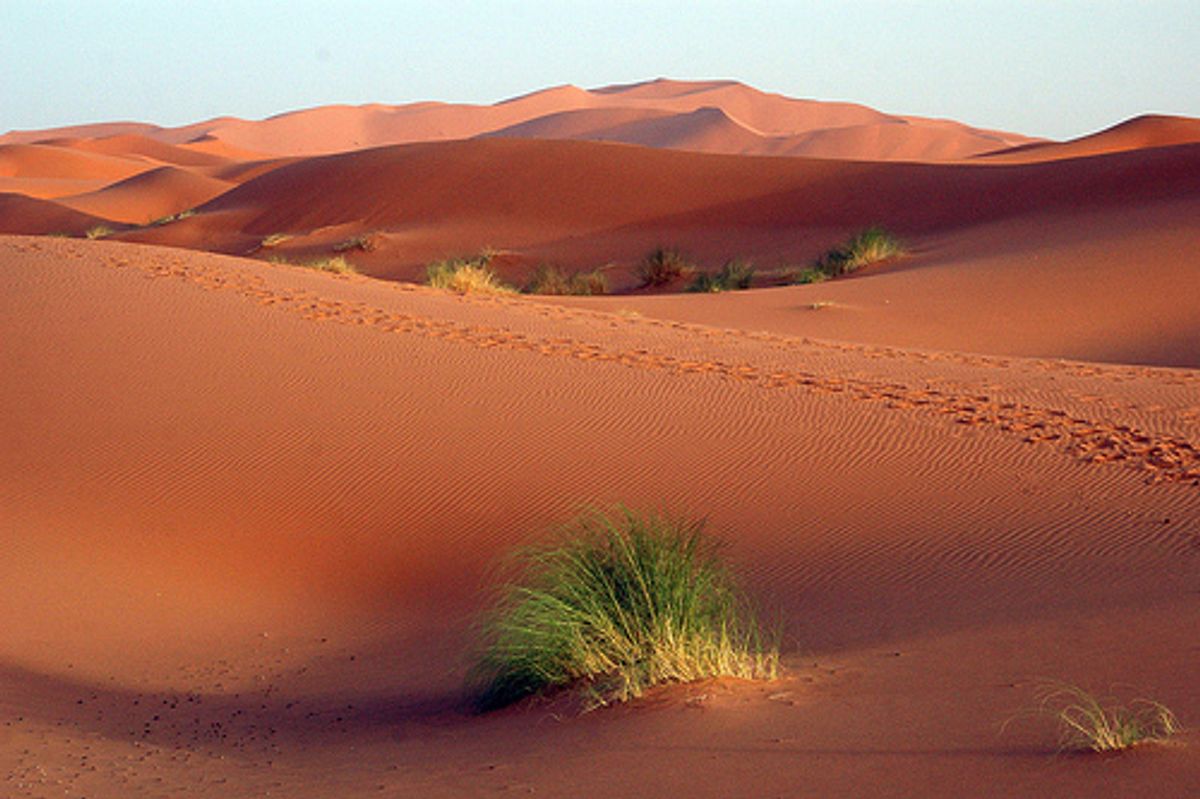The Desertec Foundation likes to point out that only six hours' worth of energy hitting the world's deserts is enough to power everything on the planet. For a full year. The group's main focus is an ambitious plan to line the northern Sahara Desert with solar installations, and send much of the power back across the Mediterranean to Europe. Recently, Algeria joined Morocco and Egypt as partners in the effort as it tries to transition toward a renewable future.
Algeria wants to install 650 megawatts of solar energy by 2015, and a stunning 22 000 MW by 2030. Toward the end of 2011, the Algerian national utility Sonelgaz signed a memorandum of understanding with Desertec to export much of that solar output, and now the country is looking to really start building it. The energy engineering subsidiary of Sonelgaz, CEEG, has started accepting tender bids to build various solar and wind projects; Forbes reports this is part of an ongoing effort to diversify an energy portfolio that has seen steadily declining production of oil and gas in recent years.
North Africa has some of the highest insolation (solar radiation energy) rates in the world. Sonelgaz estimates that in the part of the country covered by the Sahara—86 percent of the total area—there are about 3500 hours of sunshine each year. This yields an insolation rate of 2650 kilowatt-hours per square meter per year, similar to or even better than the best areas in the California deserts that dominate U.S. solar installation sites.
With fossil production in Algeria perhaps leveling off, adding alternate energy sources to the power system is going to be crucial. In the last few years, power consumption has skyrocketed, jumping nearly 50 percent from 21.6 billion kilowatt-hours in 2002 to 31 billion in 2009. But the total numbers there are dwarfed by the potential to bring power across the sea to Europe; Desertec estimates that the necessary installations will require 2500 square kilometers of desert surface area (two-hundredths of one percent of the area in the Middle East-North Africa region) in order to provide 17 percent of all Europe's electricity in 2050. Time to start building.
Image: Maureen/Wikimedia Commons
Dave Levitan is the science writer for FactCheck.org, where he investigates the false and misleading claims about science that U.S. politicians occasionally make.




